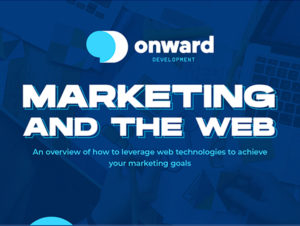An overview of how to leverage web technologies to achieve your marketing goals.
While many of us have become very familiar with apps to help us live through the pandemic, it begs the question, are we familiar with online tools to help us achieve our marketing goals?
This post is about the web technologies that can be used when planning an online marketing campaign.
The beautiful thing about the internet is that it can give you all the answers you’re looking for. If you have an ad on Facebook, you can see how many people view it, interact with it, and how many people clicked on it. Moreover, you can then make changes based on this data to try to improve your post or ad. However, you need to have the right infrastructure to be able to take advantage of the internet to get there. The best way to ensure you’re leveraging the web to help you achieve your marketing goals is to make it part of your marketing campaign.
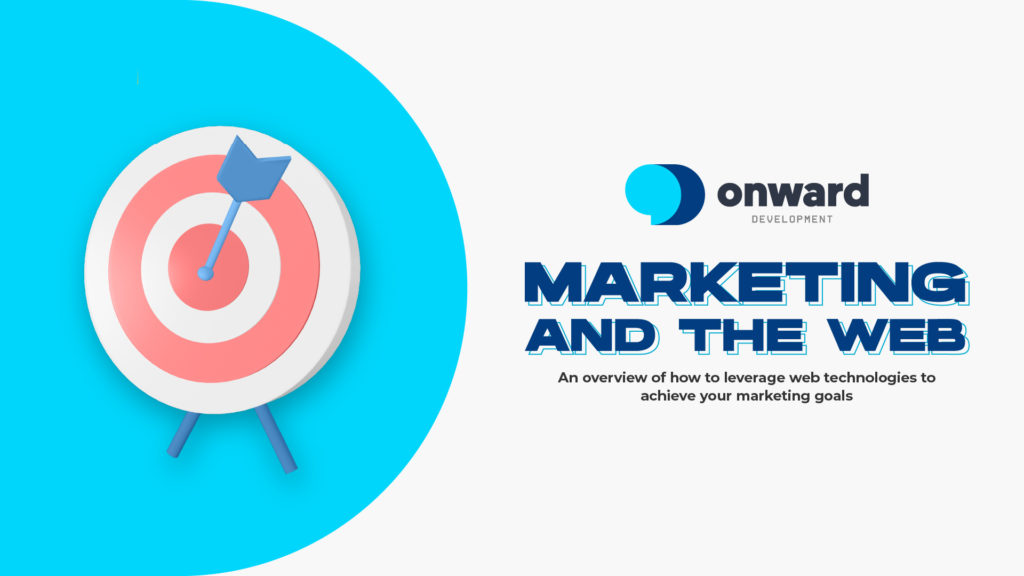
Let’s start with a regular marketing campaign and how it relates to the web. A marketing campaign has 5 stages:
- Initiation
- Planning
- Development
- Execution
- Close-out
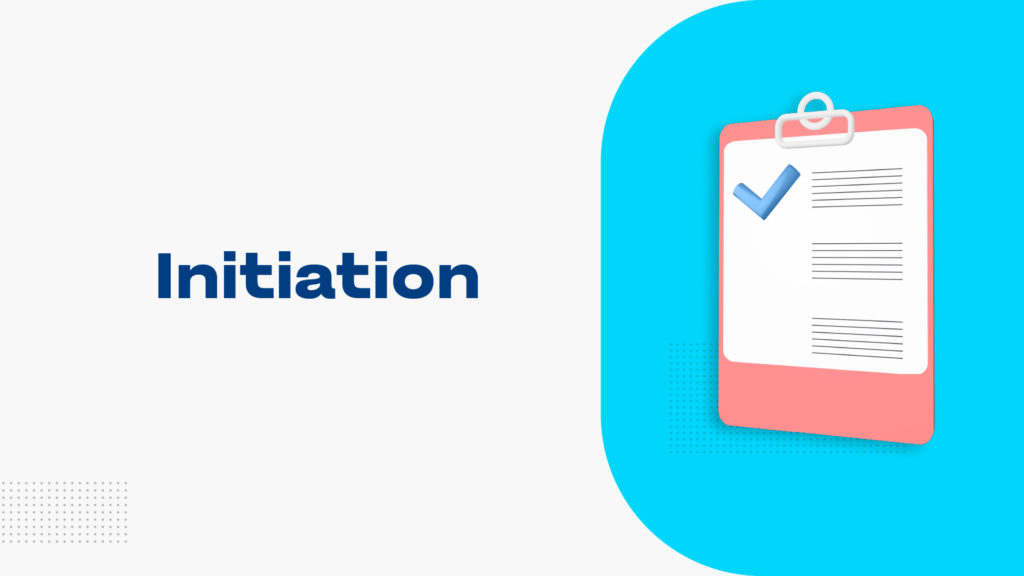
Initiation
In the initiation step of the marketing campaign, you will establish the campaign goals. Example goals could be:
- Increase Visits by X%
- Increase Leads by X%
- Increase Email Subscribers by X%
- Increase Conversion Rates by X%
- Increase Marketing Qualified Leads
- Increase Sales Qualified Leads
Make sure you make your goals are SMART – specific, measurable, attainable, relevant, and timely. Once you have your goals, you will notice that you have certain requirements. For example, if your goal is to increase the visits to your website by 10% compared to the prior quarter, you need to make sure you are tracking website visitors the quarter before the marketing campaign starts.
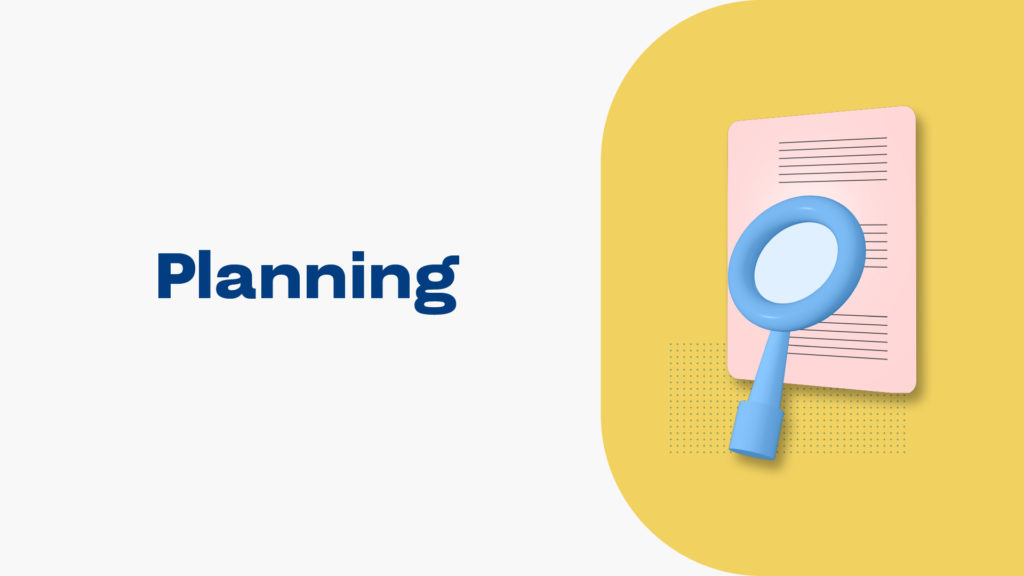
Planing
Once your campaign is approved and goals are set. It’s time to start gathering the information you need to make this a reality. After the planning is complete, you should know which channels you will be using and what type of content you need for each one.
For example, your marketing campaign may dictate that you contact your target market in different ways such as:
- Social media
- Inbound marketing (Search engine optimization)
- Search engine marketing
Contacting your market via social media will change depending on the platform. If you’re using Twitter, you will want to insert your company into the conversation by being aware of relevant hashtags for your target audience. However, if you’re on Facebook, you may try an approach that is more about posting in groups that are relevant to your audience or creating memes that will get people’s attention.
Inbound marketing is all about long tail keywords. According to Wordstream, Long-tail keywords are longer and more specific keyword phrases that visitors are more likely to use when they’re closer to a point-of-purchase or when they’re using voice search. You will want to be a master of these keywords and create relevant content that will make your target audience visit your site. Ideally, your lead will submit their information and/or a sale will be made after the visit.
Search engine marketing involves paying a search engine like Google or Bing to appear on the search results. Because many people advertise online, search engines need to decide which ad to show based on keywords. Knowing about SEM will help you be the first result when you’re paying the search engines for advertising.
Next, you will need to decide what assets need to be created for this campaign. You may find that you need the following for your campaign:
- Content
- Landing page(s)
- Blog posts
- Social media posts
- Email newsletters
- Email sequences
It’s generally best to first create the main content since you can derive other content from it. Like social media posts or landing page content.
Here are some tools that can help you depending on your type of content needs:
If your campaign includes blogs:
What you want to do with these tools, is to find relevant topics that your audience will want to read. For example, you may find a new trend using Google Trends and then use SEMRush or BuzzSumo to find the articles that are already written about that topic and then decide what your articles can be about to differentiate yourself.
If your campaign includes social media outreach:
Likewise, with social media, you want to interact with your audience. Finding the relevant hashtags for your brand may help you hone down on the message or engage with a public looking for your product or service. Moreover, tools like Sprout Social and Hootsuite allow you to listen for mentions in social media about your brand. This allows you to quickly respond to comments and ensure great customer service or even get someone into your sales funnel quicker.
If your campaign includes FB ads:
From the Facebook Audience Insights page, Facebook Audience Insights was designed to help marketers learn more about their target audiences, including aggregate information about geography, demographics, purchase behavior and more. For example, say you want to raise awareness for your women’s luxury fashion brand, and you sell your products in-store. You’d want to know how many people on Facebook live near your stores, as well as their interests, their past purchase behavior and how they tend to shop (online vs. in-store). Using Audience Insights, you can get aggregate and anonymous information such as:
- Demographics — Age and gender, lifestyle, education, relationship status, job role and household size
- Page likes — The top Pages people like in different categories, like women’s apparel or sports
- Location and language — Where do people live, and what languages do they speak
- Facebook usage — How frequently are people in your target audience logging onto Facebook and what device(s) they are using when they login
- Purchases activity — Past purchase behavior (i.e. heavy buyers of women’s apparel) and purchase methods (i.e., in-store, online)
And you can view this information for three different groups of people:
- People on Facebook (the general Facebook audience)
- People connected to your Page or event
- People in Custom Audiences you’ve already created (an audience made up of your current customers)
Audience Insights is different from Page Insights because it looks at trends about your current or potential customers across Facebook, whereas Page Insights looks at the interactions with your Page (i.e., likes, comments and shares).
If your campaign includes online ads:
You can use the same tools for content planning to create ads that people will click on. The great thing about Google Keyword Planner is that it’s using data from Google Adwords so it’s going to be very useful when understanding the different types of keywords that can be used for the same phrase. For example, you may have different results when adding in your ad “We services the Gainesville community” versus “We service you locally”. The Google Keyword Planner would help you choose the best keyword by giving insights into how likely each one is to convert.
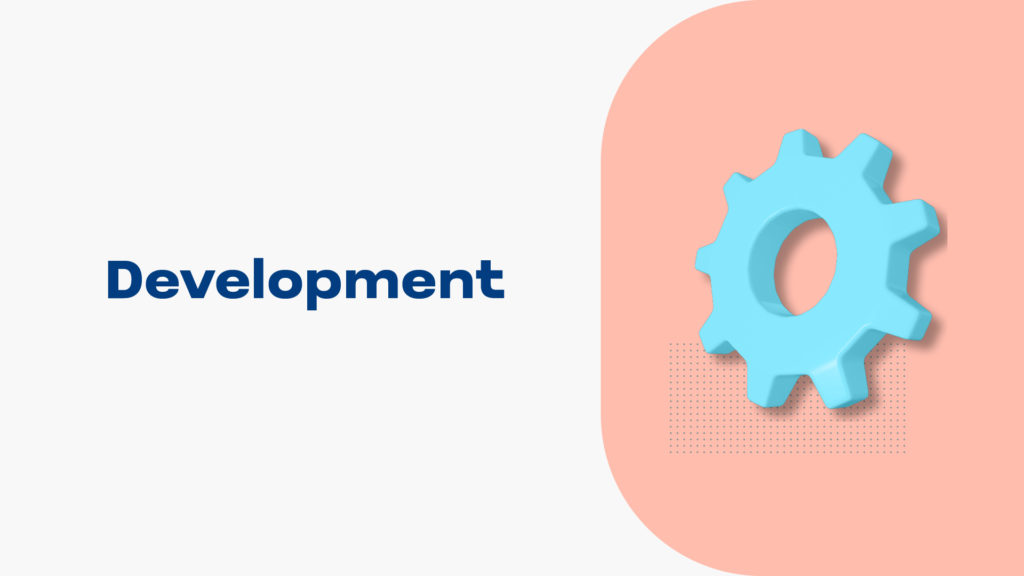
Development
No doubt that development is going to be the longest part of your campaign planning process. You need to prepare and coordinate with multiple people in your company or even several outside vendors and ensure everything is ready to go by the due date. It is important to remember that while everything has to be functional, you also need to be tracking engagement to be able to generate the final report and optimize the campaign. Among the things that would need to be done are: the design or the campaign, digital assets for the ads, social media postings, blogs posts, newsletters, etc.
Web pages will have to be created as well. Keep in mind that it is not enough to have a website that works. Code will have to be installed to track visitors to the site, to track Facebook users, and to create retargeting audiences. Some of the code will need to be triggered on every page load, while other code only gets triggered based on different conditions.
If you have content pages, make sure they are all connected and that you have a clear pilar page for SEO purposes.
If you have a landing page, chances are you need someone to fill out a form to receive some lead magnet. Something to take into consideration is where will the subscriber information be sent to? Do you need it to be sent to a CRM? Or maybe a newsletter service? Perhaps a remarketing list? Sometimes is to one of these services, oftentimes to all of them. Automation of these sorts of tasks is very useful and will allow your team to be focused on high level tasks rather than mundane ones.
Now that you have a website or web pages, it is time to optimize it. It is not enough for your page to load. Google has strict standards on what they consider a good page. These standards ensure people have a good user experience while online. For instance, if your page is not mobile friendly, Google will likely not show it for users navigating from their cellphones. The problem with this is that over 60% of searches are being initiated on smartphones. Then, you need to consider page speed. If a page takes over 3 seconds to load, Google categorizes it as a slow page and will penalize your ranking. This can affect the position of your ad. If you’re running an ad on Google AdWords and your landing page is slow to load, Google may not show your ad in a good position. Even if you’re paying them to do so!
Tools like Pagespeed Insights and Webmaster tools help understand how Google view our sites. To understand how your users navigate your site, you can use mouse tracking tools such as Hotjar. With Hotjar you can see how long someone was on your website, how far down they scroll in your site, how their mouse moved, and more! Gathering this information will help you optimize your page so that more people convert into customers.
Other experiments you can do before launch are A/B test experiments. A/B testing (also known as split testing) is the process of comparing two versions of a web page, email, or other marketing asset and measuring the difference in performance. You do this giving one version to one group and the other version to another group. Then you can see how each variation performs. The great thing about doing this type of testing is that you can better understand your visitors and make it easier for them to accomplish their desired action, which will eventually help your bottom line. Tools to help with optimization are Google’s Optimize, Optimizely, and Crazyegg.
Once all this work is done, don’t forget to set-up and schedule your different campaigns in your different platforms.
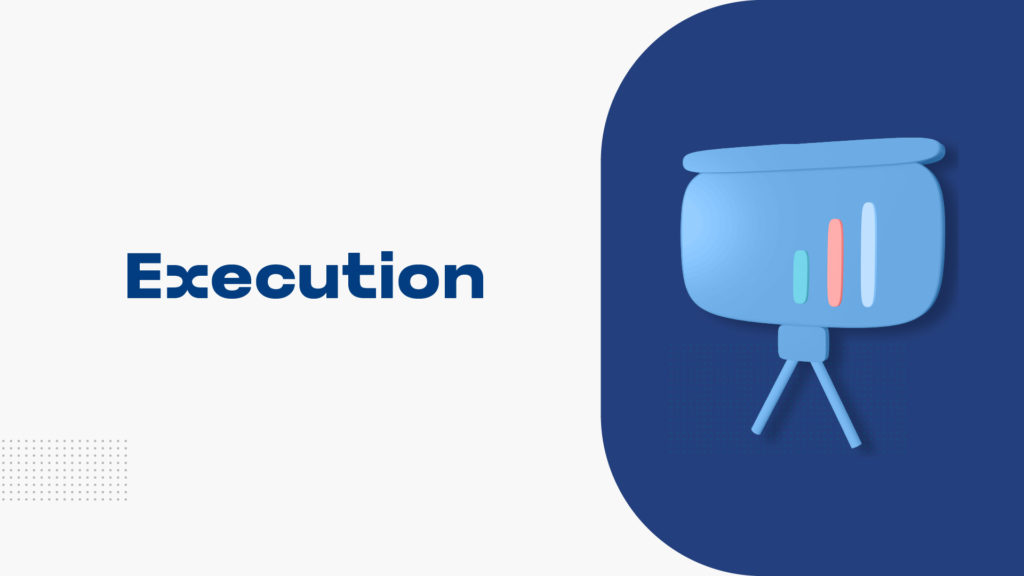
Execution
When a campaign is active, you want to monitor and track results. I have encountered customers in the past that have trouble understanding when or if a sale is made. Oftentimes this happens on bigger companies with different departments and different systems. If you’re in that position, it’s a good idea to integrate the different systems that are part of your campaign. For instance, a business development center may mark a customer sale on their system but not let the marketing department know that the customer converted. As a marketing professional, this would create a problem. A simpler version of this happens with AdWords. You may want to track which keywords are converting versus the ones that make people click but not convert. If you don’t install the AdWords code correctly on your website, you may not be able to tell.
Make sure that you know which metrics are going to be important before launch and that you have a way of getting the data to calculate those very important metrics.

Close-Out
In the close-out stage of your marketing campaign, you want to generate a report, update your marketing knowledge base and archive all assets and documents that were used in it.
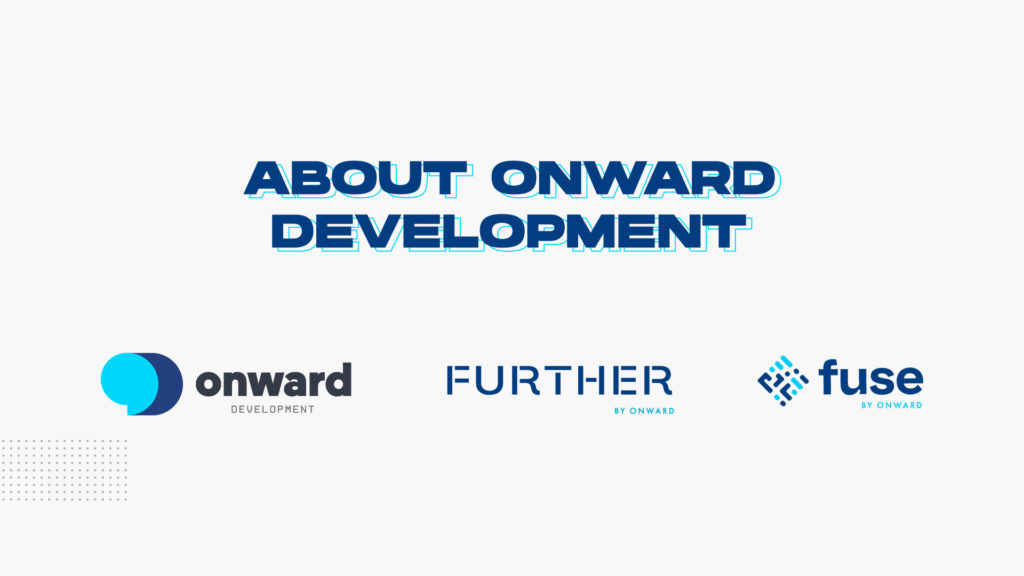
Conclusion
Now that we have covered all that is entailed in making a marketing campaign on the web, I want to take a moment to go over how Onward Development can help in this process.
As you noticed, building the different websites or web pages for a marketing campaign, requires a certain level of expertise. To this extent we have created a new product called Further Websites. Further websites are designed to be created with a quick turnaround time, they are optimized to be found by search engines and load fast. More importantly, we work with you so you don’t have to spend time learning how to code or figuring out how a template works to tweak it.
Another product we have is Fuse Integrations. Fuse connects your different systems so information is always up-to-date. With Fuse, you can send information from your CRM to your marketing software if they have an API. For example, we have customers that deal with one software for candidate tracking and with a vendor for background checks. They need to be able to send a candidate to this other system and receive the results of the background check. If the systems were not connected, the HR person would have to do a manual process twice for each candidate they are considering. Fuse connects these systems so all the information goes back and forth between them and the HR person can save time.
Finally, we offer custom software development. Custom software is built based on your business needs to solve your business problems. It can be a combination of things; for instance, a platform where users can register, receive a sequence of emails, then be able to pay online for your service or product. Meanwhile the information about this user can be sent over to other systems such as your CRM or any other database.
If anyone here has thought about creating a new website, redesigning an existing one, integrating two systems, or creating a custom software or mobile app for their business, please contact us and let’s schedule a time to talk about your goals and how we can help you.
